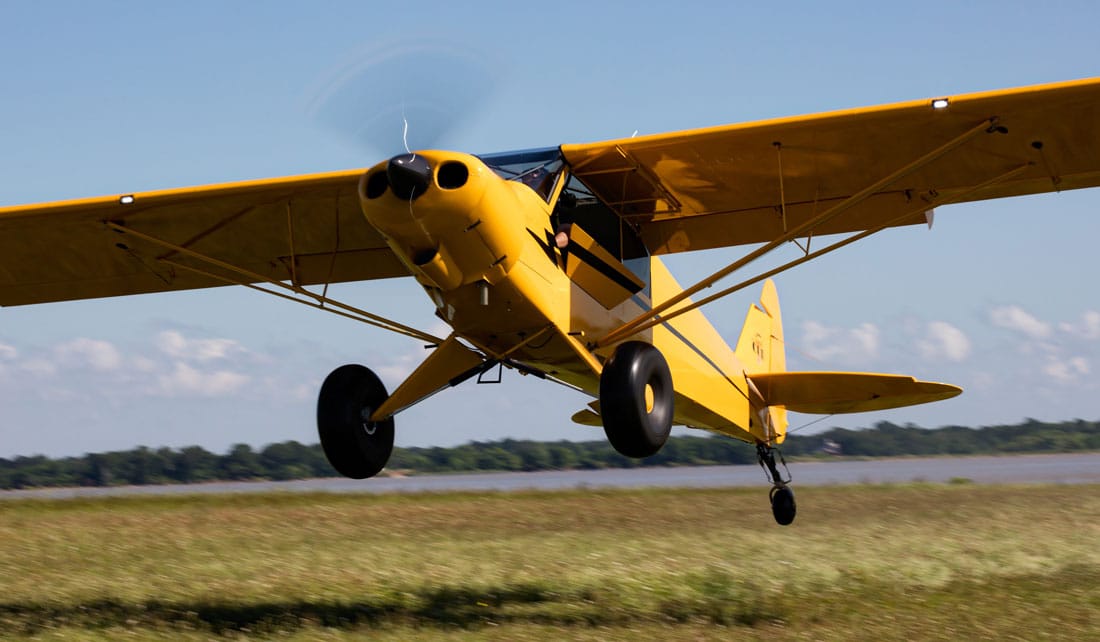The latest AOPA Nall report, a comprehensive analysis of GA safety statistics, has just been released. And it reveals solid progress, including the reaching of an important general aviation safety milestone. For the first time in the report’s 25 year history, the fatal accident rate for noncommercial, fixed-wing aircraft has dropped below 1 fatal accident per every 100,000 flight hours. AOPA says that it remains to be seen whether this decline will sustain, as recent preliminary accident data indicates a small increase in the fatal accident rate. However, according to AOPA, the rate still remains among the three lowest on record, and is well below the moving average for the last 10 years. The report also revealed that though fatal accidents are declining, the overall accident rate (5.73 accidents per 100,000 hours) has not changed significantly.
More Details On the AOPA Nall Report
The latest edition of the Nall Report provides analysis of data through 2013. This is the most recent year that finalized data is available from NTSB probable cause findings, aviation activity surveys and other relevant data sources. The report analyses all general aviation activity in the US, excluding only “scheduled airline flights” and “uniformed military service flight activity.”
AOPA officials say that GA accident rates aren’t easy to calculate with precision, especially given the variability in response rates to aviation activity surveys. However, through the strong efforts of many different groups working with the FAA to promote pilot participation in surveys, they say that the response rate has improved in recent years. And though some uncertainty remains, George Perry, Senior VP of AOPA’s Air Safety Institute, is encouraged by the report’s findings.
“Whether it’s regulatory reform with the long-awaited FAR Part 23 rewrite, programs like NORSEE that allow safety innovations into the cockpit, or the FAA’s updated compliance philosophy, I can’t recall a time where industry, government, and associations have been so well aligned to help improve general aviation safety. The AOPA Air Safety Institute will continue to do its part by working cooperatively with the government, industry, and other associations and by providing free safety education to hundreds of thousands of pilots each year,” Perry writes in the Publisher’s View section of the report.
Additional GA Accident Findings From the AOPA Nall Report
According to the Nall report, there were 1,185 GA accidents in 2013, which involved a total of 1,194 individual aircraft. Of those accidents, 205 were fatal, claiming the lives of 363 individuals, which is a 4% drop from last year. Further, the report reveals that there were 50 fewer noncommercial fixed-wing accident fatalities. This represents a 15% drop versus last year. This figure was offset in part by an increase in fatalities related to noncommercial helicopter accidents, commercial fixed-wing flights; and commercial helicopter operations.
And while the FAA estimates the total number of noncommercial flight hours declined in 2013 (7% for fixed-wing and 10% for helicopters), the report shows the number of accidents declined at a greater rate (18% for fixed-wing, and 17% for helicopters.) In addition to noncommercial fixed-wing fatalities dropping below the 1 per 100,000 flight hours mark for the first time, noncommercial fixed-wing aircraft also recorded their lowest accident rate in the report’s history, 5.79 accidents per 100,000 flight hours.
“There is good reason to be optimistic as general aviation moves forward,” Perry added. “I am encouraged by the achievements to date and the positive safety trends that this Nall Report details.” If you’re interested in reviewing the full AOPA Nall report, it’s available for viewing and download on AOPA’s website.















Correction: There were not “fewer than 50” fatalities on non-commercial fixed-wing flights in 2013. Rather, there were 50 fewer fatalities than in 2012 (285 vs. 335).
— David Jack Kenny
Statistician, AOPA Air Safety Institute
Fixed. Thank you for bringing that to my attention, David.